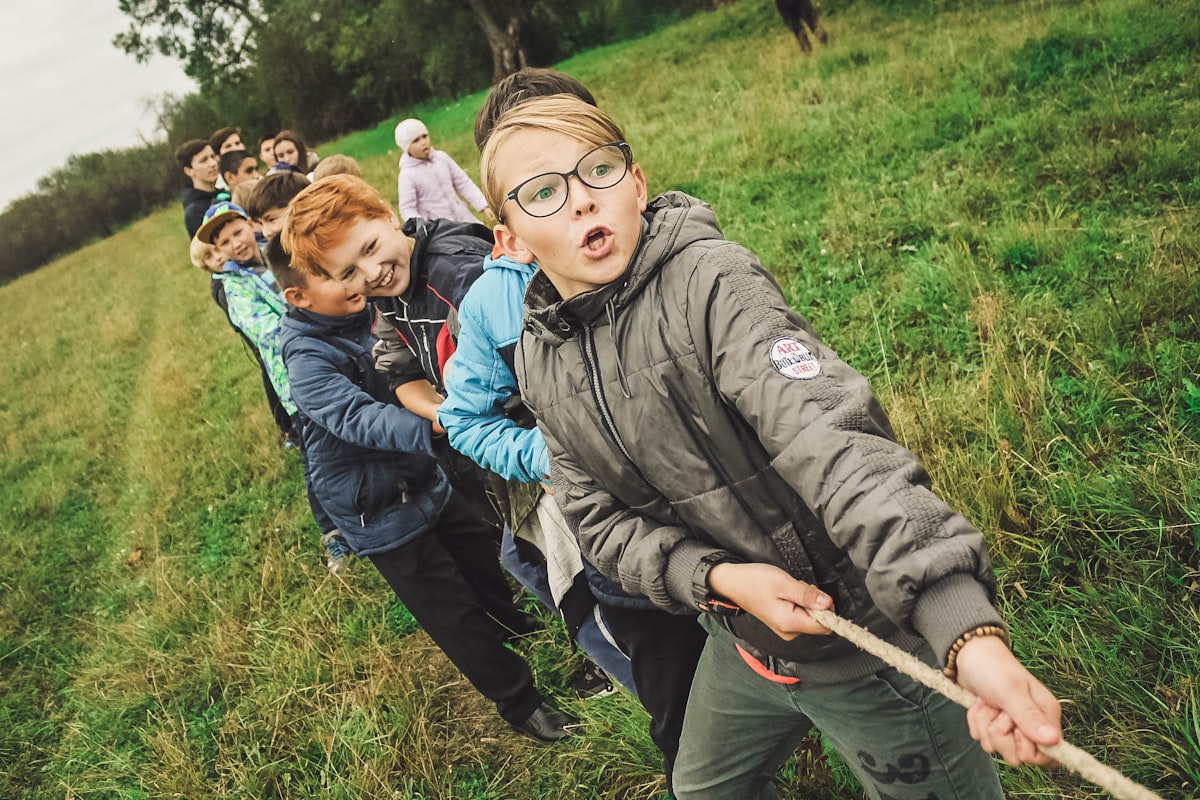Tips for Group Work: Fostering Collaboration and Engagement in the Classroom
When group work goes right, it's a beautiful thing.

I'm in the middle of a Thirty-Day Challenge. This is 23/30.
As teachers, we know it's important to create a classroom environment that promotes collaboration, engagement, and belonging. With the emergence of artificial intelligence, it’s even more essential to help students build “human skills” such as collaboration and empathy—skills that machines can’t duplicate and are highly valued in society.
This is where cooperative learning shines.

Here are seven tips for group work.
- Make sure there are norms/rules for group work and that all students understand them.
- It's often best to have heterogeneously mixed groups. This balances the students' strengths and reduces the likelihood of them feeling left out.
- Make sure the project/task can be broken down so that each group member has a meaningful role.
- All students should have a responsibility within the group. Explicitly teach students what each role entails.
- Group size matters. The workload may be too great if you don't have a large enough group. If the groups are too large, there might not be enough work to go around, which is not a good thing.
- When groups are at work, move from group to group. This makes it easier to observe any challenges and address them as needed.
- Finally, make time for reflection. Ask the students what went well and what they can do better next time.
❤ Enjoy this Article?
🍵 Show Your Support and 🤗 Share It




